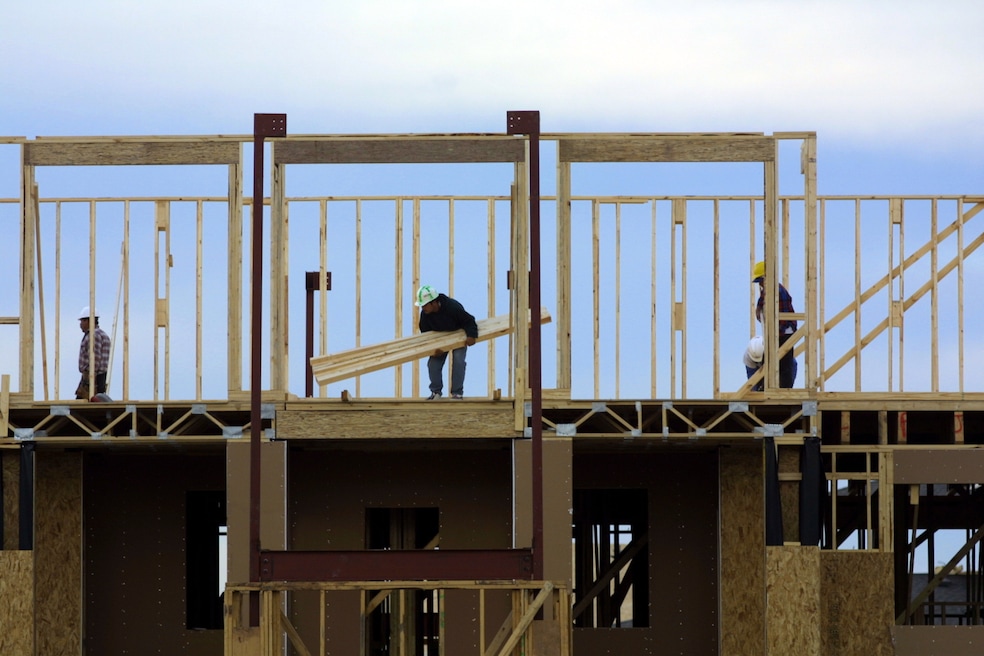Construction job openings down 45% since 2023
Job openings in the construction industry fell in April on a monthly and yearly basis, reaching historically low rates of hires, layoffs and quits.
An analysis of data from the U.S. Bureau of Labor Statistics’ Job Openings and Labor Turnover Survey by the Association of Builders and Contractors found that at the end of April, there were just 248,000 job openings in the construction industry.
That's 3,000 fewer than in March and 78,000 fewer than at the same time a year ago.
“Construction labor market churn remained unusually slow in April,” ABC Chief Economist Anirban Basu said in a statement. "Despite stagnant workforce dynamics and emerging weakness in construction spending data, approximately 57% of contractors intend to increase their staffing levels over the next six months."
Big picture, the number of job openings — defined as any unfilled position for which an employer is actively recruiting — across all industries in the country increased slightly in April compared to March.
"The cooling in labor turnover is illustrative of firms responding to heightened uncertainty by pulling back on hiring, rather than preemptively laying off workers," Wells Fargo economists said in a report about Tuesday's data. "The mix has left new labor market entrants and re-entrants limited job opportunities, underpinning the gradual rise in continuing claims for unemployment insurance and contributing to the deterioration in consumer confidence."
Nation's GDP growth downgraded amid trade wars
Global economic growth, including in the United States, is expected to contract due to ongoing uncertainty surrounding trade policy.
The Organization for Economic Co-operation and Development projected that GDP growth in the United States will decline from 2.8% in 2024 to 1.6% in 2025 and 1.5% in 2026, according to a report released Tuesday. Overall global growth is forecast to slow from 3.3% in 2024 to 2.9% in 2025 and 2026.
"The global economy has shifted from a period of resilient growth and declining inflation to a more uncertain path," Mathias Cormann, OECD's secretary-general, said in a statement. "Our latest economic outlook shows that today's policy uncertainty is weakening trade and investment, diminishing consumer and business confidence and curbing growth prospects."
The report noted, however, that a reversal of the new trade barriers could lead to inflation reductions and boost growth prospects.
Social Security penalties for student loan borrowers on pause
The Department of Education is pausing plans to impose Social Security penalties on borrowers who have defaulted on their student loans.
"The department has not offset any Social Security benefits since restarting collections on May 5, and has put a pause on any future Social Security offsets," Ellen Keast, a Department of Education spokesperson, said in a statement.
The department resumed collecting student loan payments early last month after a pause of more than five years due to the COVID-19 pandemic. As part of that initiative, the Trump administration outlined plans to garnish borrowers' wages and certain benefits, including Social Security, if they were in default.
In other words, borrowers who haven't made a payment in a set period, typically 270 days, could have seen money coming out of their Social Security checks to go toward their student loans. Now, though, the department has paused that plan.
"The Trump administration is committed to protecting Social Security recipients who oftentimes rely on a fixed income," Keast added. "In the coming weeks, the department will begin proactive outreach to recipients about affordable loan repayment options and help them back into good standing.”


